Humans are not always good at self-control, especially when the things they face seem both rich and mouth-watering. Although species extinctions often have multiple causes, the extinction of some species can be almost directly linked to the voracious appetites of modern humans. Read on to learn about some of the animals lost to our uncontrolled exploitation.
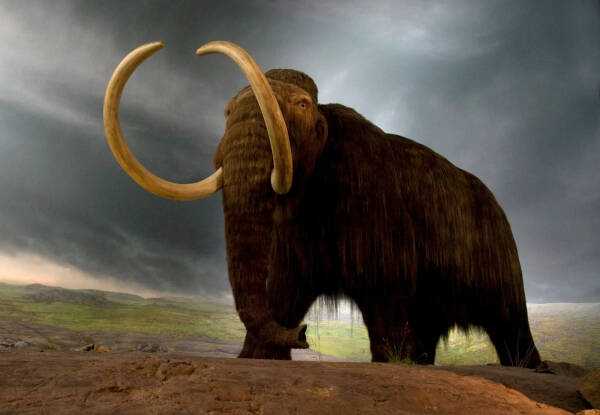
1. Mammoth - Mammuthus primigenius
Mammoths are the most famous of all mammoth species because of the many intact frozen mammoth carcasses preserved in Siberia. These massive creatures became extinct about 7,500 years ago, shortly after the end of the last ice age. While climate change undoubtedly played a role in their extinction, new research suggests humans may have been the primary cause, or at least the ultimate driver, of their extinction. In a changing world where the twin pressures of widespread hunting and a warming climate have created a deadly combination, not even the massive and powerful mammoths can resist humans' voracious appetites.
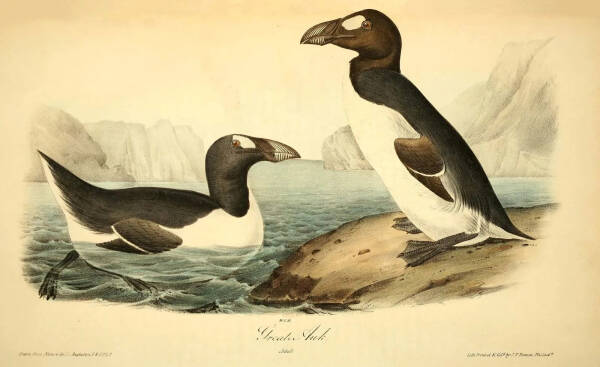
2. Auk - Pinguinus impennis
Puffins are flightless seabirds that breed primarily on rocky islands in the North Atlantic, including St Kilda, the Faroe Islands, Iceland and Finke Island, off Newfoundland. The bird is about 75 centimeters (30 inches) long and has short wings suitable for swimming underwater. Puffins have almost no defense, so they became the target of greedy hunters as early as the early 19th century. Sailors captured large numbers of puffins, often driving them onto the planks and slaughtering them on their way into the cabin. The last known specimen was captured on the Icelandic island of Eldy in June 1844 and is housed in a museum.
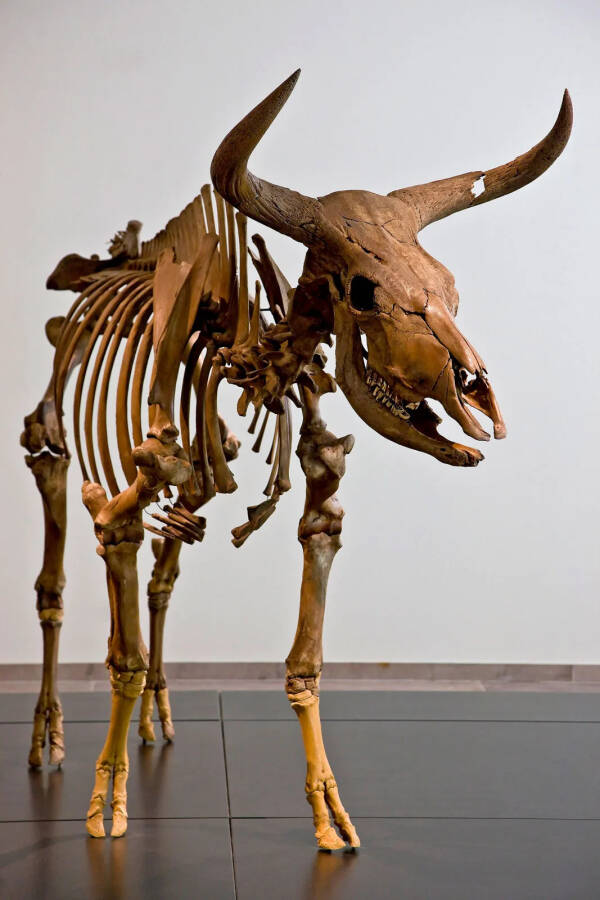
3. Eurasian bison - Bos primigenius primigenius
The Eurasian bison is one of the ancestors of modern cattle. It is a large bison that was once widely distributed in the grasslands of Europe, Siberia and Central Asia. The Eurasian bison are majestic, reaching 1.8 meters (6 feet) tall at the shoulder, with large, forward-curving horns, and are known for their aggressive nature. In ancient Roman arenas, Eurasian aurochs were used for bullfights. As a prey species, the Eurasian bison has been over-hunted, leading to local extinction in many areas of its range. By the 13th century, their numbers had declined sharply, and only the nobility and royal families of Eastern Europe had the right to hunt. During a royal survey in 1564, guardians recorded only 38 Eurasian bison, and the last known female died of natural causes in Poland in 1627.
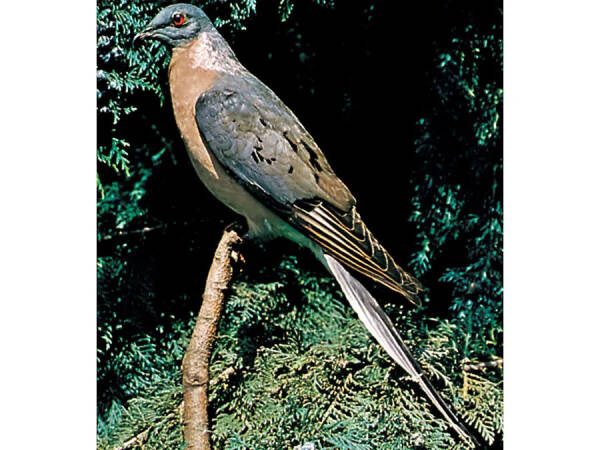
4. Passenger Pigeon - Ectopistes migratorius
Passenger pigeons, known for their massive migrations that once darkened the sky for days, were overhunted to extinction in the early 20th century. Billions of these social birds, similar in appearance to mourning doves, once inhabited eastern North America. As American settlers expanded westward, millions of passenger pigeons were killed for food each year and transported by train to be sold in urban markets. Hunters often raid their nesting sites and can even wipe out entire populations within a single breeding season. Beginning in 1870, the species' numbers declined dramatically, and although attempts were made to breed them in captivity, they were unsuccessful in protecting the birds. The last known passenger pigeon, named Martha, died on September 1, 1914 at the Cincinnati Zoo in Ohio.

5. Steller Manatees-Are-Endangered.html">manatees (Hydrodamalis gigas), extinct since the 18th century, feed on kelp that grows near the coast.
In 1741, the German naturalist Georg W. Steller discovered the Steller's manatee, which once inhabited the offshore area near the Commando Islands in the Bering Sea. Steller's manatee was much larger than today's Manatees-Are-Endangered.html">manatees and dugongs, reaching lengths of 9 to 10 meters (more than 30 feet) and weighing about 10 tons (22,000 pounds). These large, docile animals float on the surface of coastal waters, but unfortunately have little ability to dive. This makes them an easy target for harpooning by Russian sealers, who see them as a source of meat during their long sea journeys. This hunting was often unchecked and led to the extinction of the species in 1768, less than 30 years after it was first discovered. No well-preserved specimens currently exist.
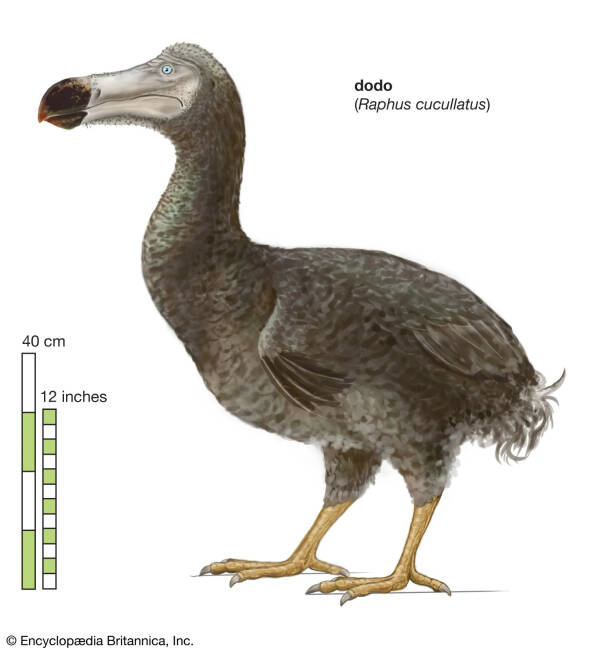
6. Dodo - Raphus cucullatus
"As extinct as the dodo. "Indeed. These flightless, ground-nesting birds once inhabited the Indian Ocean island of Mauritius in large numbers. The dodo was larger than a turkey, weighing about 23 kilograms (about 50 pounds), with blue-gray feathers and a huge head. With no natural predators present, the dodo was untroubled when it was discovered by Portuguese sailors around 1507. However, these sailors and subsequent voyagers soon hunted dodos in large numbers because they were a convenient source of fresh meat. Later, monkeys, pigs and rats were introduced to the island, which was a disaster for the weakening birds as the mammals feasted on their fragile eggs. The last dodo was killed in 1681. Unfortunately, scientific descriptions and museum specimens of this species are extremely scarce.
animal tags: Mammoth dodo manatee bison puffin
We created this article in conjunction with AI technology, then made sure it was fact-checked and edited by a Animals Top editor.